Sharpening a Japanese sword is not simply about making it cut better—it is a precise and artistic craft known as tōgi. A properly polished katana reveals its inner beauty, blade geometry, and intricate hamon (temper line). This task is entrusted to a togishi—a specialist polisher whose work demands patience, technique, and aesthetic sensitivity.
Table of Contents
- Sharpening vs. Polishing
- Sharpening Stones & Grit Progression
- Rough Polishing (Shitaji-tōgi)
- Finish Polishing (Shiage-tōgi)
- Blade Aesthetic Enhancement
- Cutting Tests (Tameshigiri)
Sharpening vs. Polishing
Unlike modern knives, a katana is not merely “sharpened.” Instead, the blade is polished to bring out its geometry, edge, and spiritual artistry. A polisher spends hours in a kneeling posture, applying graded stones by hand. In winter, the cold blade and water make the work particularly grueling.
Sharpening Stones & Grit Progression
Polishing uses a sequence of whetstones, each with a specific grit number. Lower grits (e.g., #180) are for rough shaping, while higher grits (above #3000) are for final refinement. The process progresses through natural and synthetic stones.
Rough Polishing (Shitaji-tōgi)
Shitaji-tōgi prepares the geometry and reveals the hamon. Key stones used:
- Kongō-do (180 grit): Removes forging marks, defines edge and ridge line.
- Beshimi-do (280–320 grit): Smoother stone, changes angle slightly to distinguish scratch patterns.
- Kaisei-do (400–600 grit): Further smoothing, blade darkens and begins to shine.
- Nagura-do (800–1500 grit): Includes medium and fine nagura stones; movements become more dynamic, hamon becomes visible.
- Uchigumori (3000+ grit): Only natural stone from this point; must avoid flaws to protect blade.
Finish Polishing (Shiage-tōgi)
Shiage-tōgi enhances the blade’s visual and reflective qualities. The process involves extremely thin stone slips pressed by thumb. Techniques include:
- Ya-no-o: Thin uchigumori chips used to erase prior scratches.
- Ji-e and Ha-e: Stones that reveal jihada (grain) and clarify hamon structure.
- Oshiroi (Iron oxide polish): A suspension in clove oil, used to tone blade color and deepen surface features.
- Migaki-bo (Polishing rod): Metallic tool to give mirror finish to shinogi and mune (ridge and back).
- Hadori: Final sharpening pass with elliptical stone to highlight edge contour; often adjusts hamon visibility.
Blade Aesthetic Enhancement
Beyond sharpening, polishing is artistic. It reveals layered steel structure (jihada), luminous edge lines, and effects like nioi, nie, and utsuri. These bring a sword to life, distinguishing master blades from mass-produced imitations. In some cases, polishers may use hadori to subtly “correct” the hamon line for visual coherence, especially in choji or irregular temper lines.
Cutting Tests (Tameshigiri)
Once polished, the blade may undergo tameshigiri—cutting trials. Historically, tests were conducted on corpses or prisoners. A one-body cut was ichidō, two-body nidō, and so on. The record? Samurai Nakanishi Jūrōbei reportedly cleaved through seven bodies with a Kanefusa blade at age 68. Today, modern tameshigiri uses bamboo, tatami mats, or armor plates to evaluate edge sharpness, geometry, and balance.
Note: Polishing a samurai sword is both a science and an art. A sharpened katana is not only functional but breathtaking in its visual depth and historical elegance—only when sharpened properly can a blade truly be called complete.
Read more
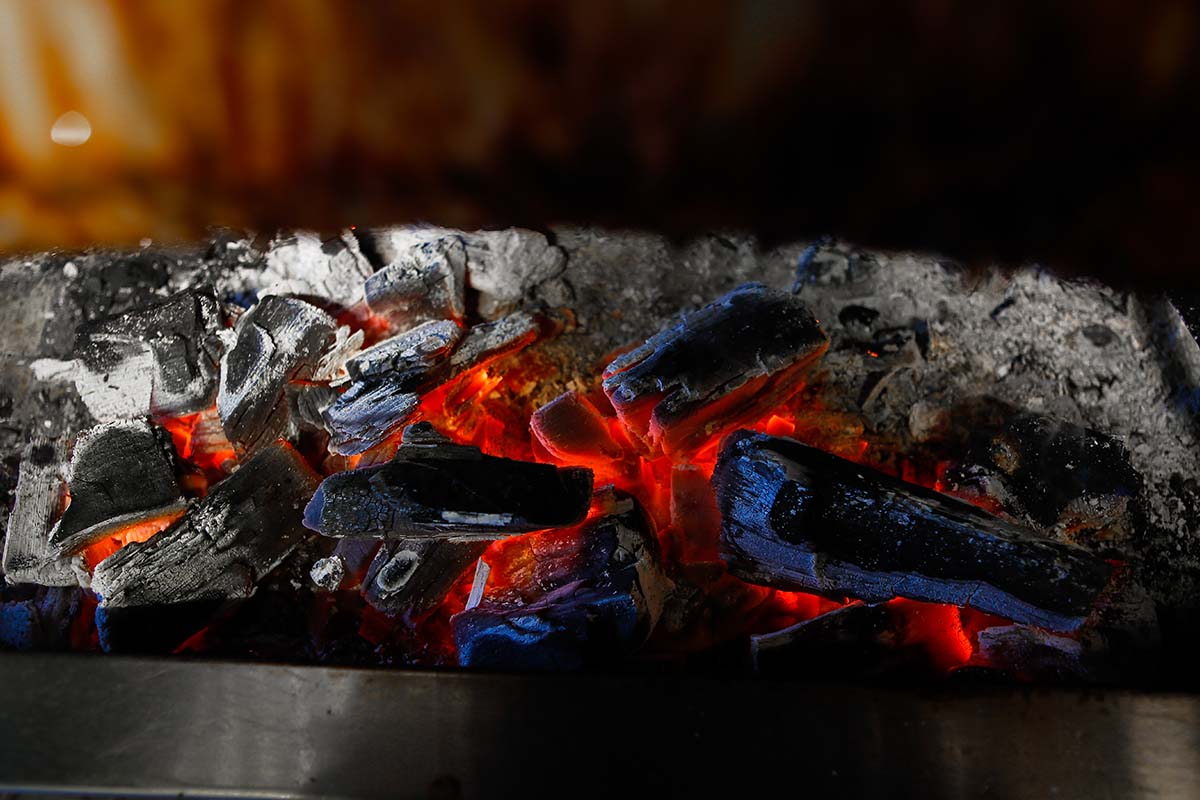
Tamahagane, the legendary steel behind authentic Japanese katanas, is forged through a centuries-old tradition using iron sand and charcoal. Discover the intricate smelting process inside the ancie...
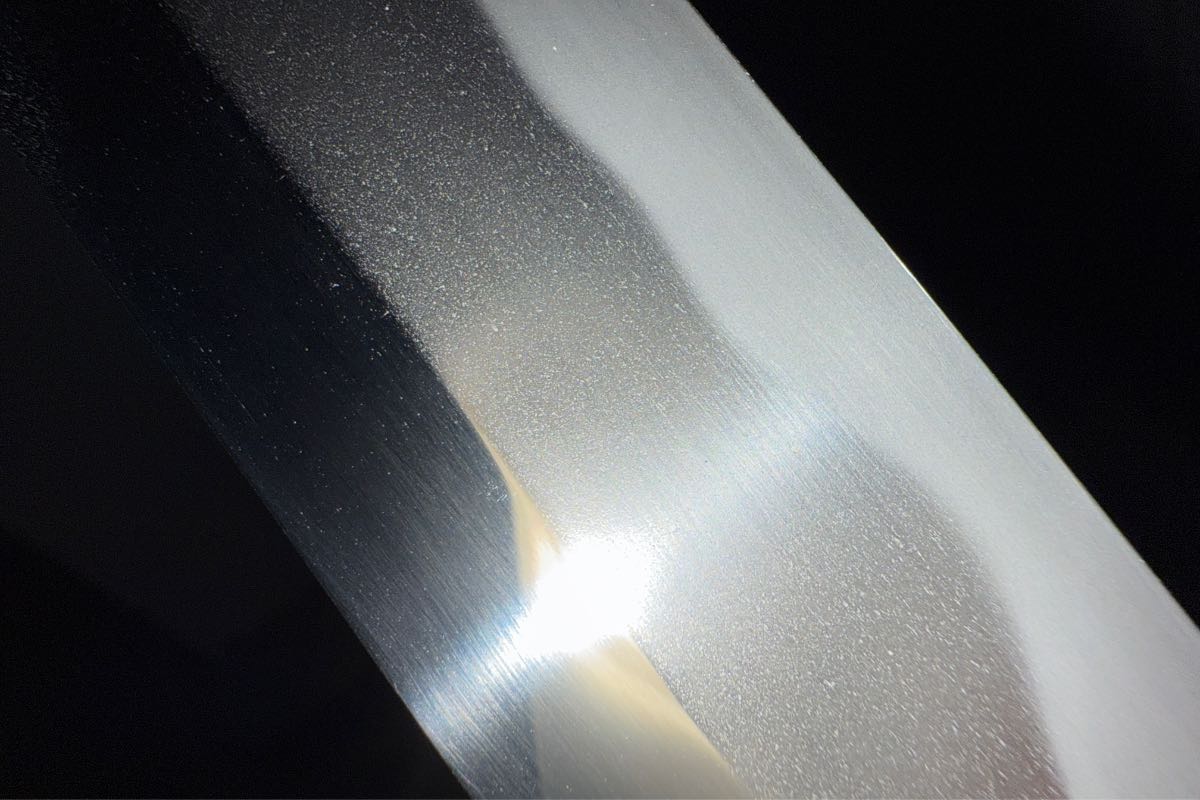
Discover how the quenching process creates the stunning beauty of nioi and nie in Japanese swords. Learn about rare features like sunagashi, kinsuji, utsuri, and the hidden secrets of traditional f...
Shop katana
Our katana store offers a wide selection of japanese swords — from traditional katanas and anime-inspired designs to fully functional blades — featuring a variety of materials and craftsmanship to suit your preferences.

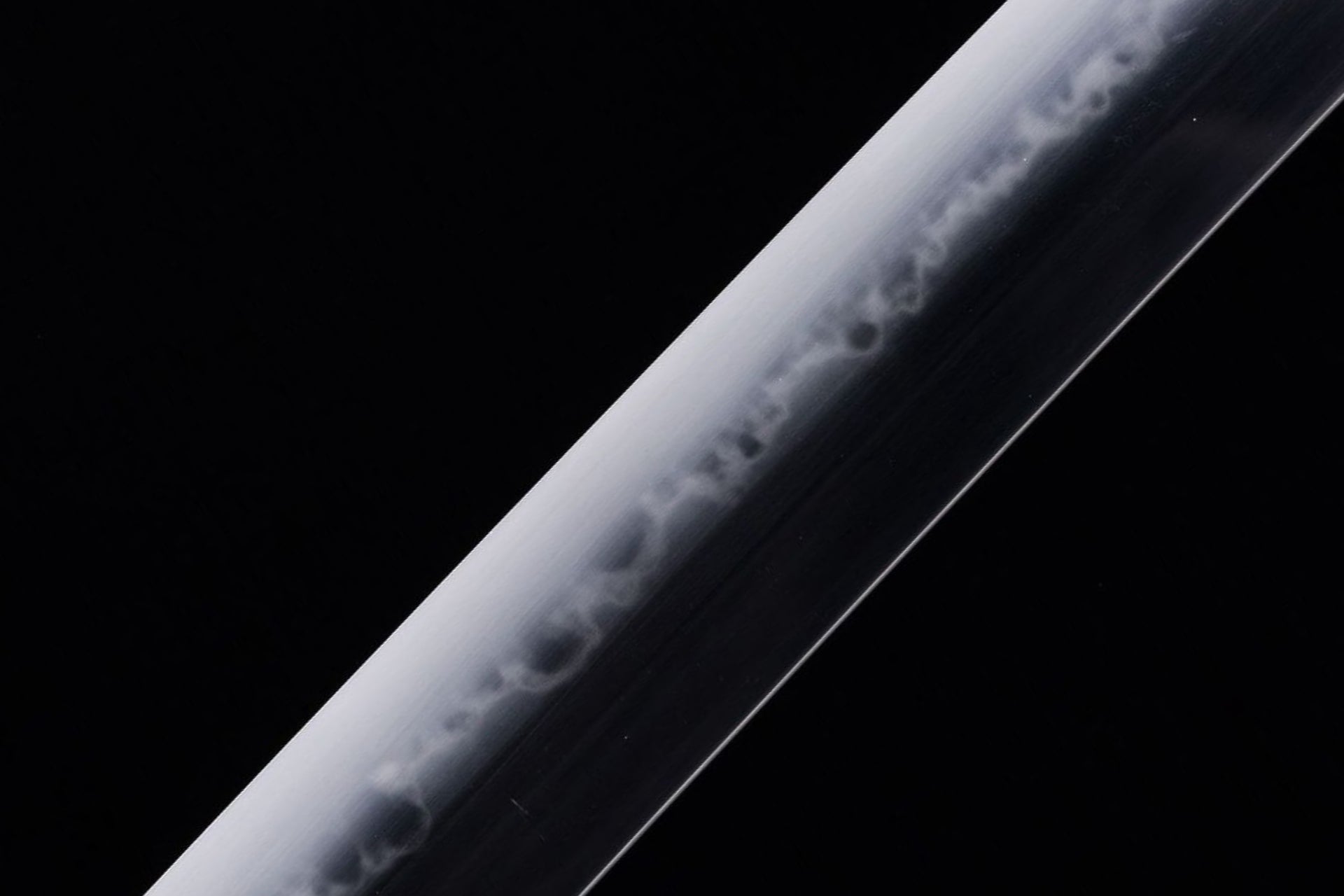
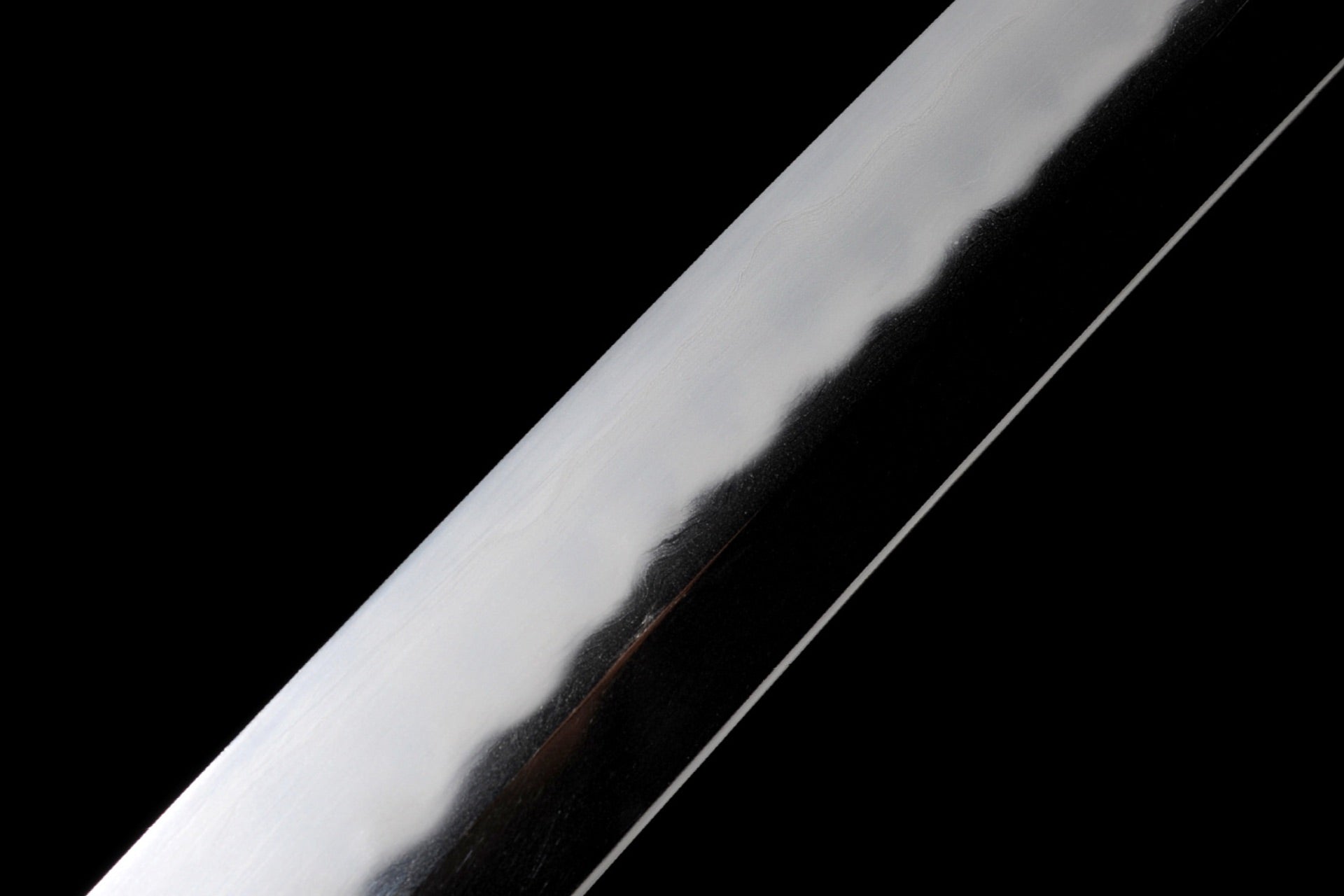
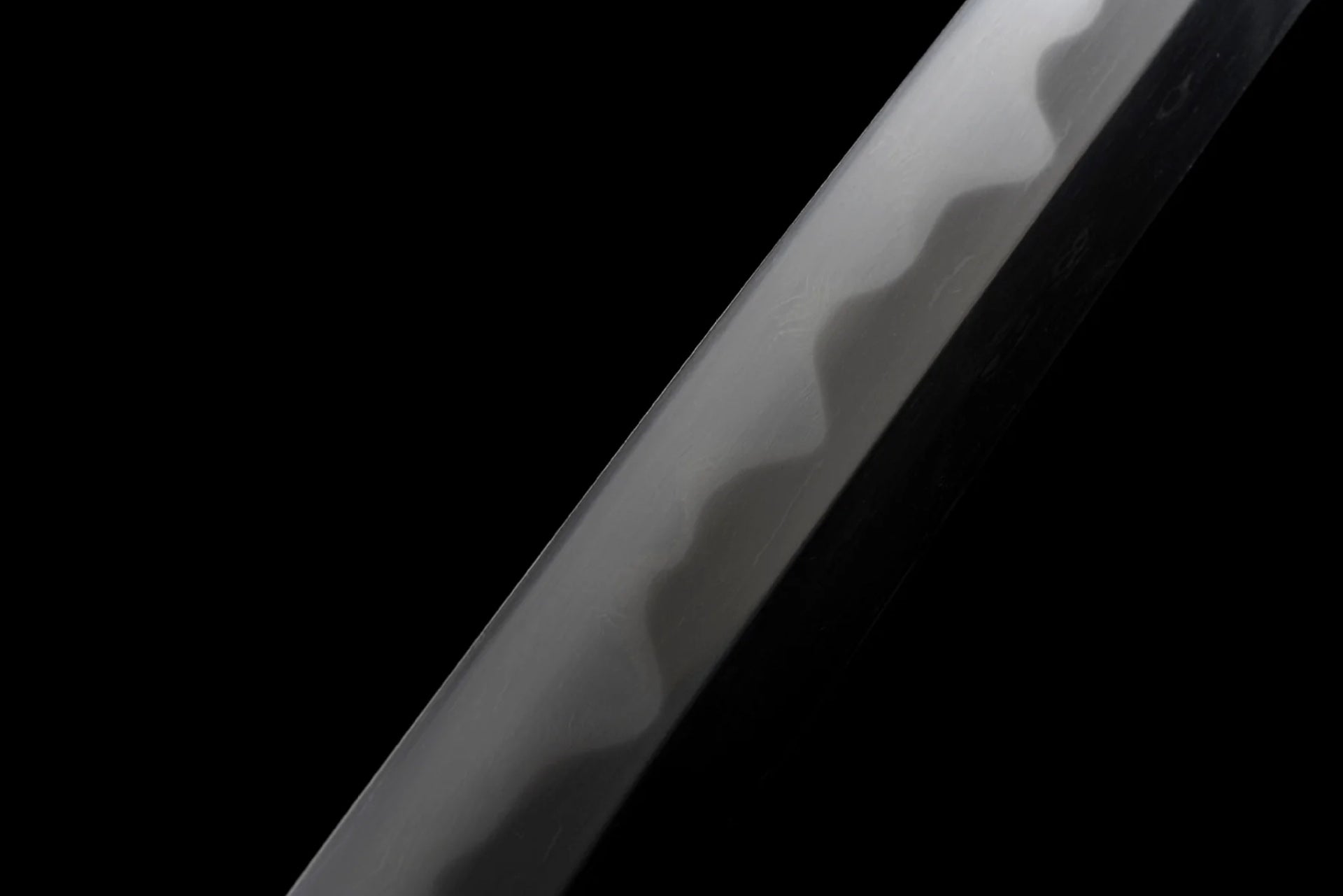
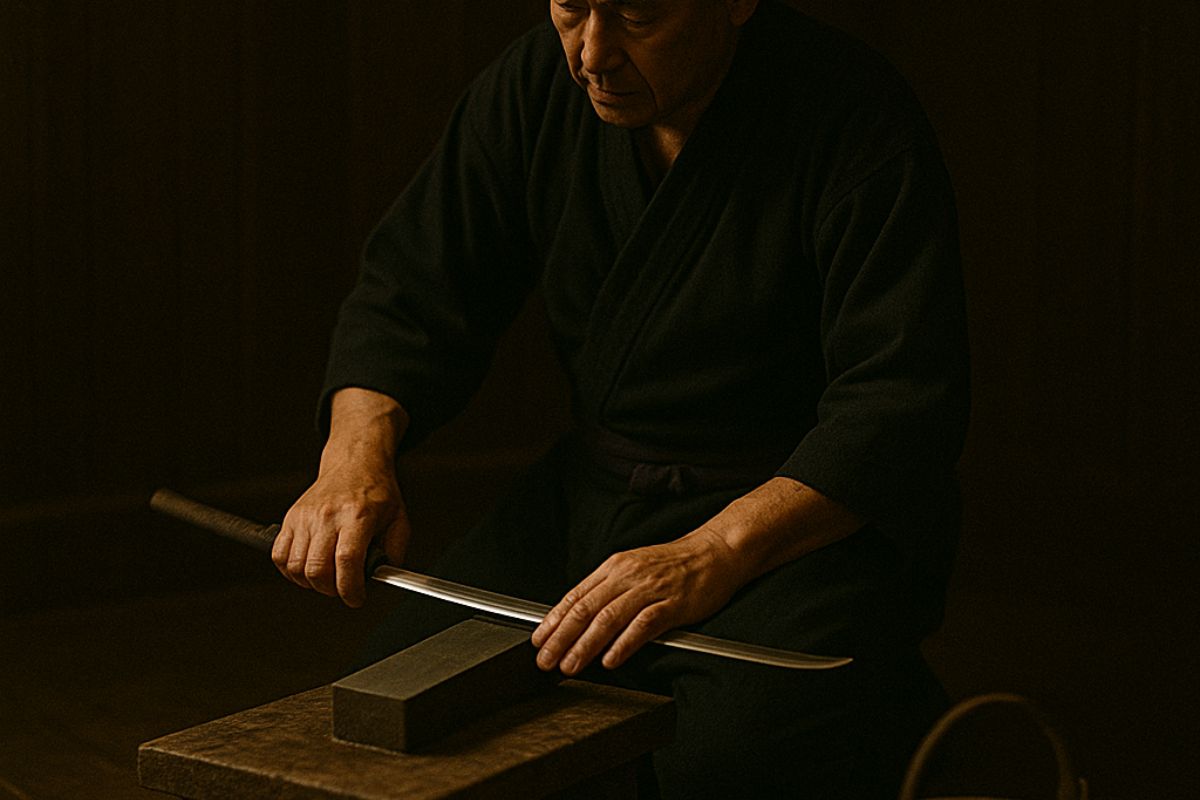
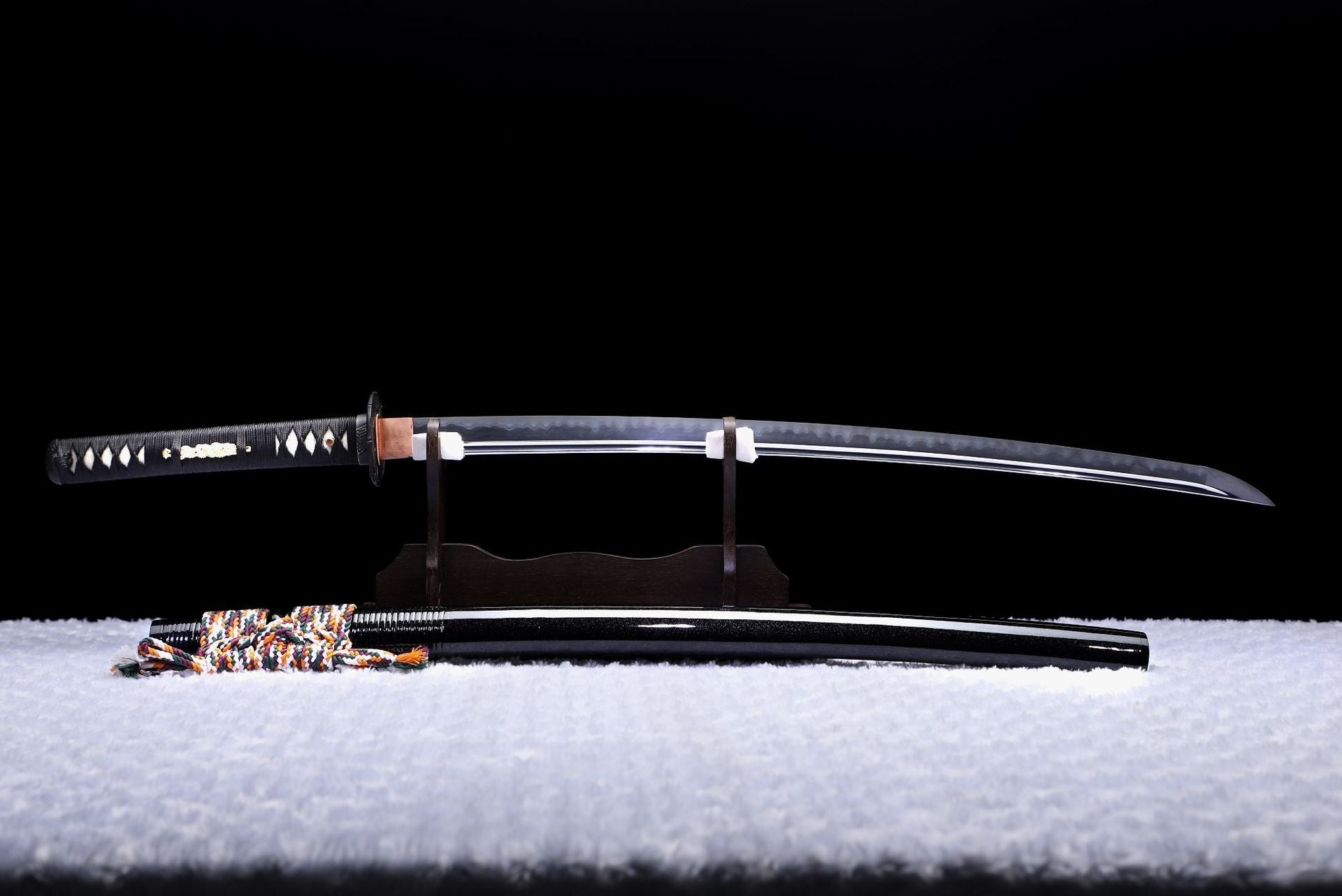
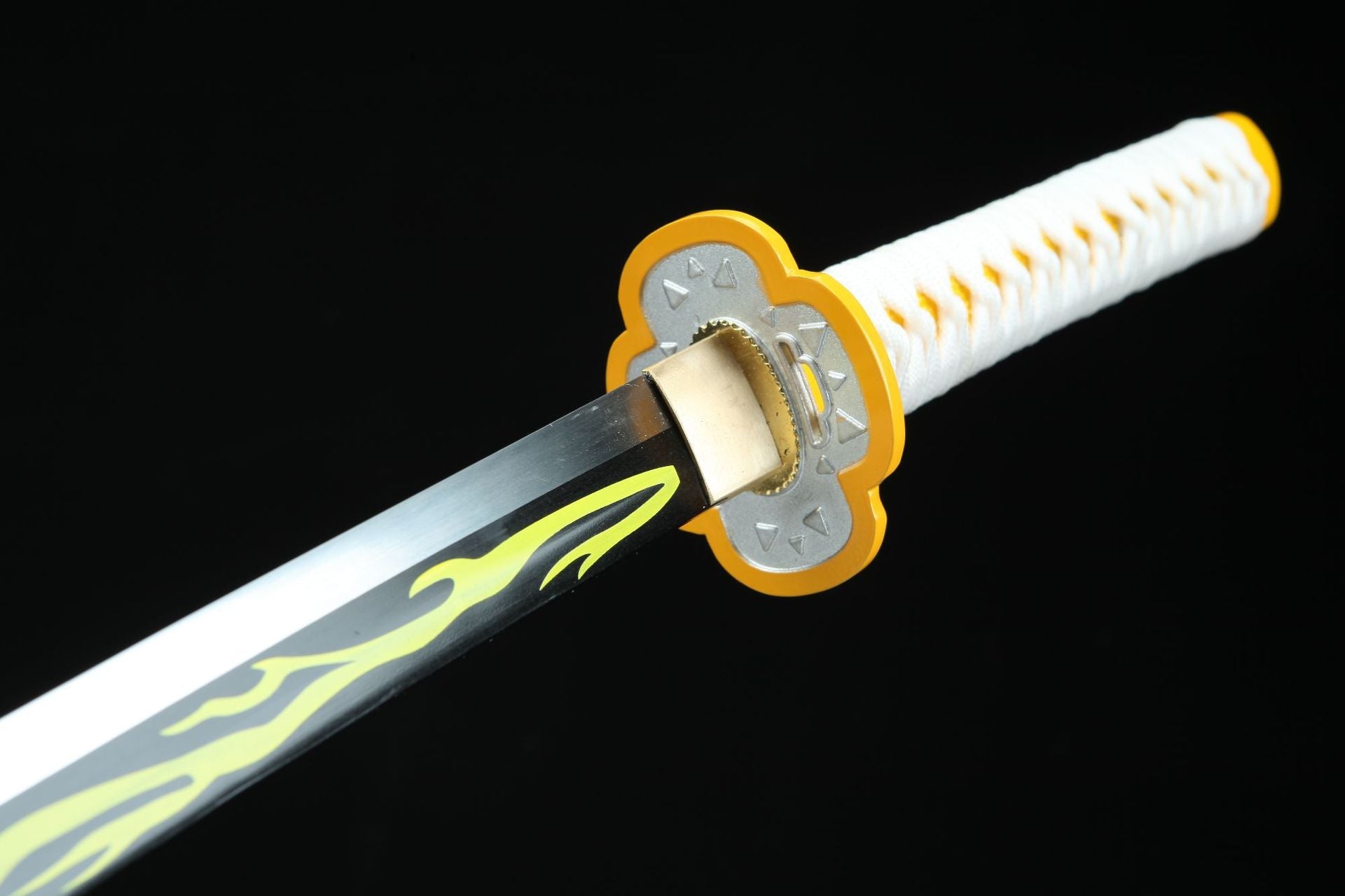
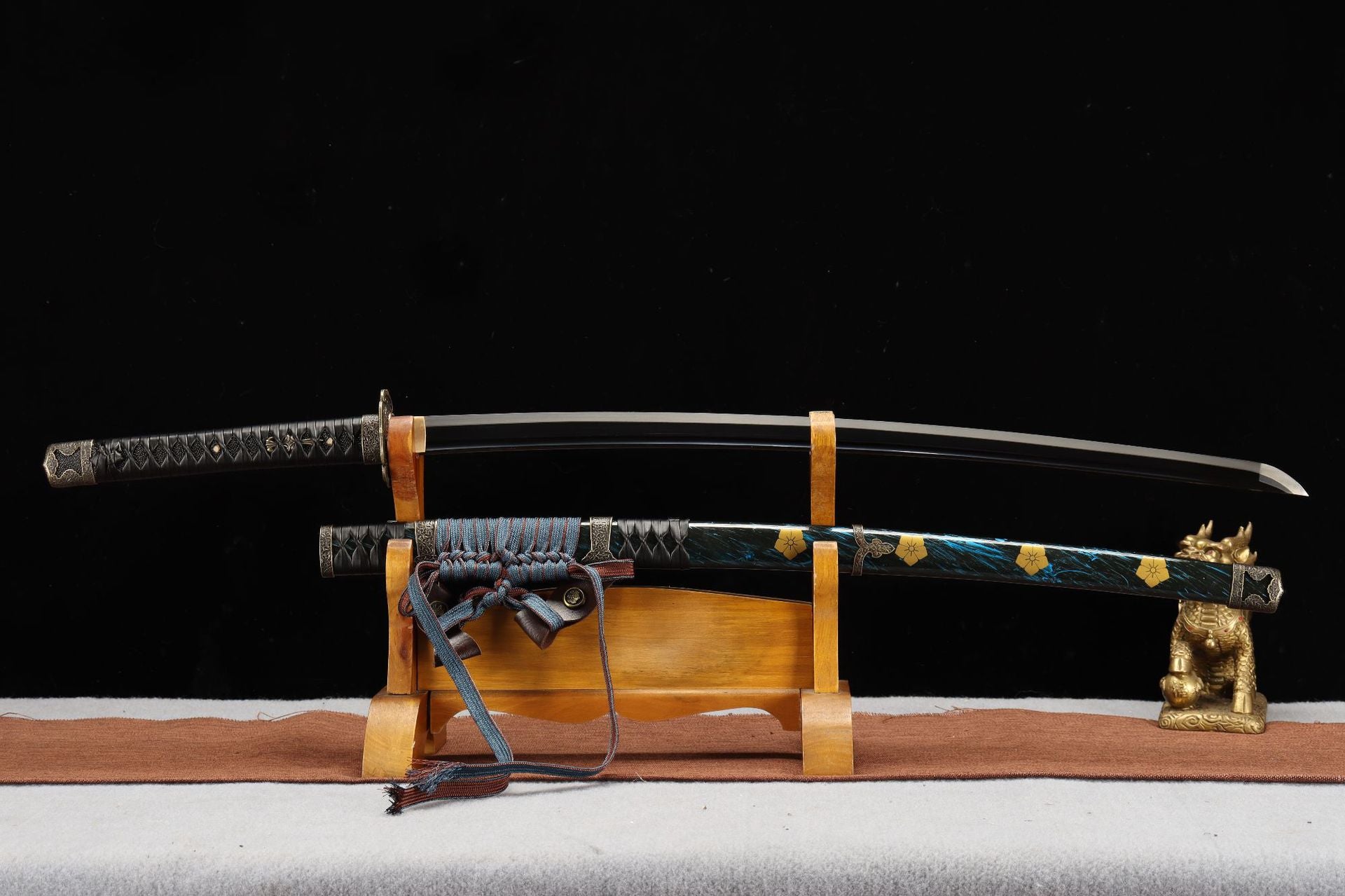
Leave a comment
All comments are moderated before being published.
This site is protected by hCaptcha and the hCaptcha Privacy Policy and Terms of Service apply.